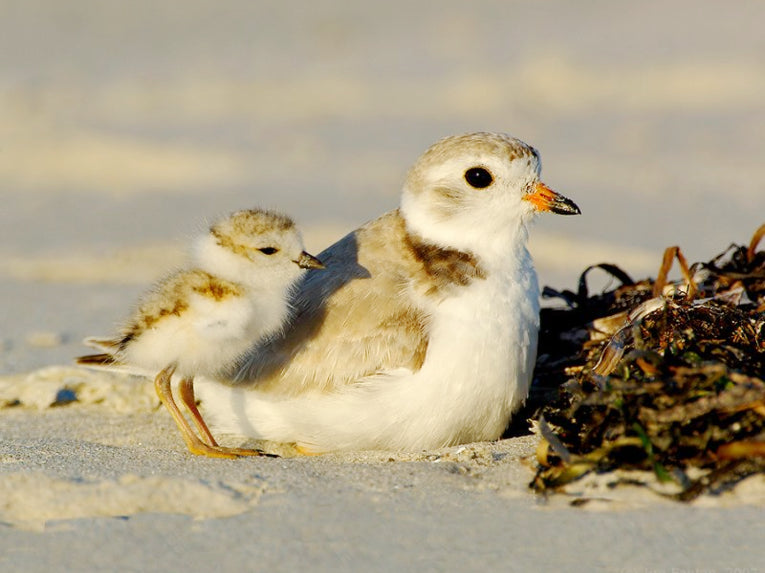A key focus of this year's report is on the immense importance public lands and waters hold for conserving wildlife and habitats in the United States. These publicly owned habitats - forests, grasslands, oceans, rivers, monuments, and national parks, are crucial to birds and support over 1,000 species, one-third of which are considered endangered, threatened or in decline. Another focus has been the effects of climate change, as an excerpt from the article states:
''Birds that rely on temperatures cues to breed may fail to raise any young if their chicks hatch at the wrong time and miss the window when food is abundant. Climate change could also cause changes in the distribution of prey species, leading to declines in birds of they are unable to respond to those changes. Receding sea ice could make it impossible for arctic-breeding seabirds to reach foraging areas and return to their nests in time to feed chicks.''
''Oceanic birds are the most susceptible to climate change impacts, but birds relying on coastal, arctic/alpine and grassland habitats could also be hit hard by global warming. Most birds in arid lands, wetlands and forests show a lower overall vulnerability to climate change.''Most of the success stories of recovering endangered species take place on these public owned habitats, such as the Kirtland's Warbler, which has 97 percent of its U.S. distribution on public lands, and the U.S. Atlantic population of Piping Plovers has more than doubled in the last 20 years due to habitat protection.
The 46 page report goes into depth on the distribution of birds within each habitat, as well as the conservation challenges and successes, but for those who want a quick and informative read, the State of Birds Key Findings report gives a summary of the main issues for each habitat region.
As made clear in the report, loss of habitat, human disturbance, and climate change are all working against many American bird species. Greater conservation and management efforts on public lands and waters are required if we're to prevent the extinction of entire island and coastal species, and to see a future of sustained wilderness and diverse birdlife. If there is a call to action in increasing restoration and management efforts, then the proven conservation successes within the report demonstrate the huge promise for the future of birds.










